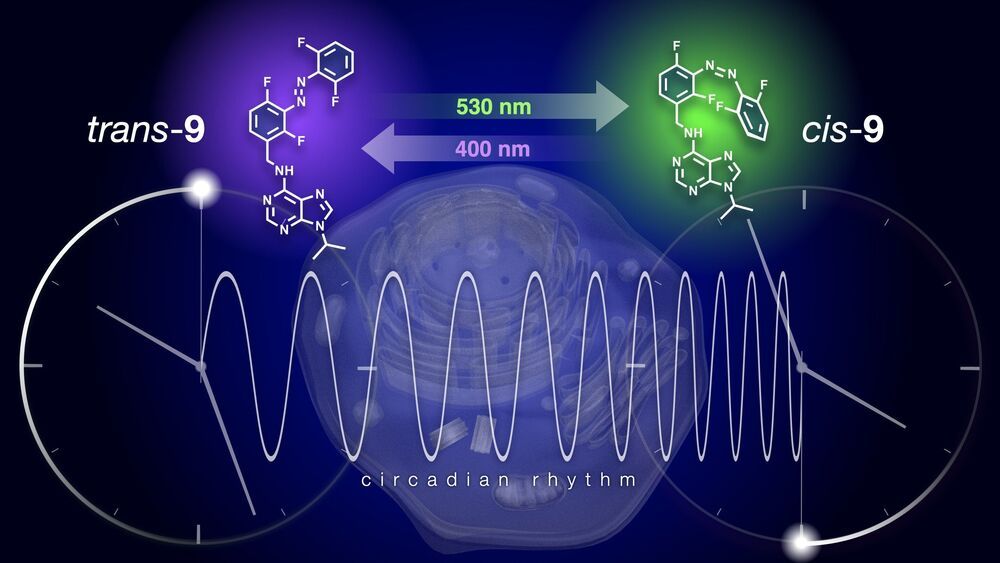Some of the most devastating health effects of a stroke or heart attack are caused by oxygen deprivation in the brain. Now, researchers at Massachusetts General Hospital (MGH) have identified an enzyme that may naturally protect the brain from oxygen deprivation damage, which could be a potential drug target to prevent issues arising from strokes or heart attacks.
Like many scientific breakthroughs, the new discovery came about while investigating something else entirely. The team was looking into a study from 2005 that found that a state of “suspended animation” could be induced in mice by having them inhale hydrogen sulfide. In the new study, the researchers set out to investigate the longer-term effects of that exposure.
The team exposed groups of mice to hydrogen sulfide for four hours a day, for five consecutive days. The suspended animation-like state followed, with the animals’ movement slowing and body temperatures dropping.








